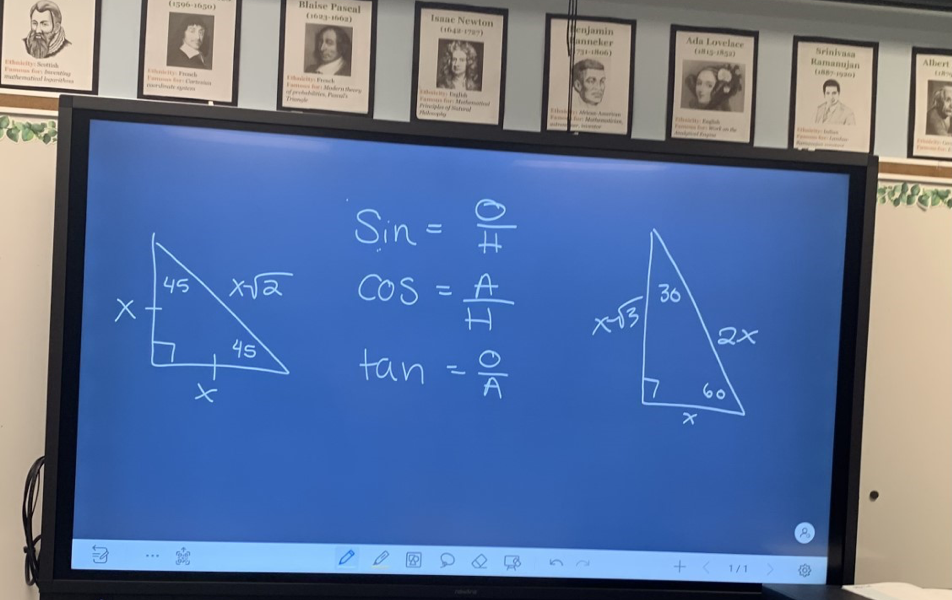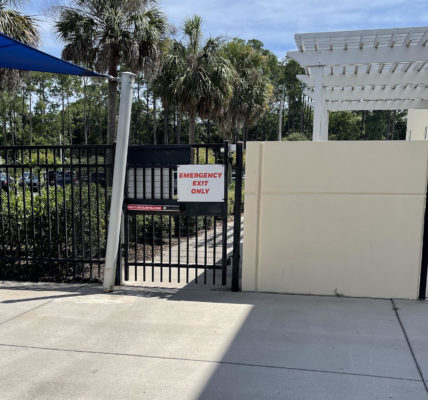By Jasmine Pacheco
However, with advantages come many disadvantages. Technical glitches are common and are seen as constant burdens in today's world, especially when trying to teach a classroom full of students.The education system has changed over time and with changes come contradicting viewpoints on what is seen as progression and what may be seen as pointless additions to the world of schooling. Over the past centuries, chalkboards have been replaced by whiteboards and notebooks as well as textbooks have been replaced with computers and laptops. However, the most recent change has been the introduction of smartboards and interactive TVs.
Interactive TVs were presented with the expectation of bringing improvement in the ways teachers teach and enhancing the ways students learn. These innovations display visual elements in order to provide an enriched learning experience for students.
However, with advantages come many disadvantages. Technical glitches are common and are seen as constant burdens in today’s world, especially when trying to teach a classroom full of students. Molly Collett, a Ponte Vedra High School (PVHS) english teacher, stated, “The projector was most convenient since the new TV has frequent glitches and is not as reliable as our old whiteboards and projectors.” PVHS math teacher, Laurel McDaniel also began to explain, “The TVs are great because they open up more possibilities with the use of technology, but they tend to create glares which makes students struggle to see what is on the screen which creates a great impact towards my time teaching in class.”
The projector was most convenient since the new TV has frequent glitches and is not as reliable as our old whiteboards and projectors
Mrs. collett
Although smart board technology can make a typical lesson into a fun and interactive way of learning, it does not necessarily benefit all ages. These interactive TVs may seem like an exciting way to learn when in elementary school, but this thought is not fully supported when introduced to high school students. PVHS science teacher, Jaime Jackson said, “I will say that the connection issues and how quickly the TVs turn off make it really hard to keep up with in class so for that reason I would prefer whiteboards rather than the TV. Although, it can be beneficial when it actually works.”
Older students tend to be more focused on learning in an efficient manner in order to get the best grades while younger students may struggle to focus on one thing at a time. For this reason, interactive TVs may be best suited for a younger audience. PVHS sophomore Lilly Myers said, “I understand how the new TVs can be helpful but most of my teachers have had glitches during their lectures which is distracting while the older whiteboards and most projectors never had any problems like these.”
Technology continues to improve day by day and even though these advances may not be perfect once introduced, they have provided positive contributions into the world of education over the past few decades and will only continue to progress.





